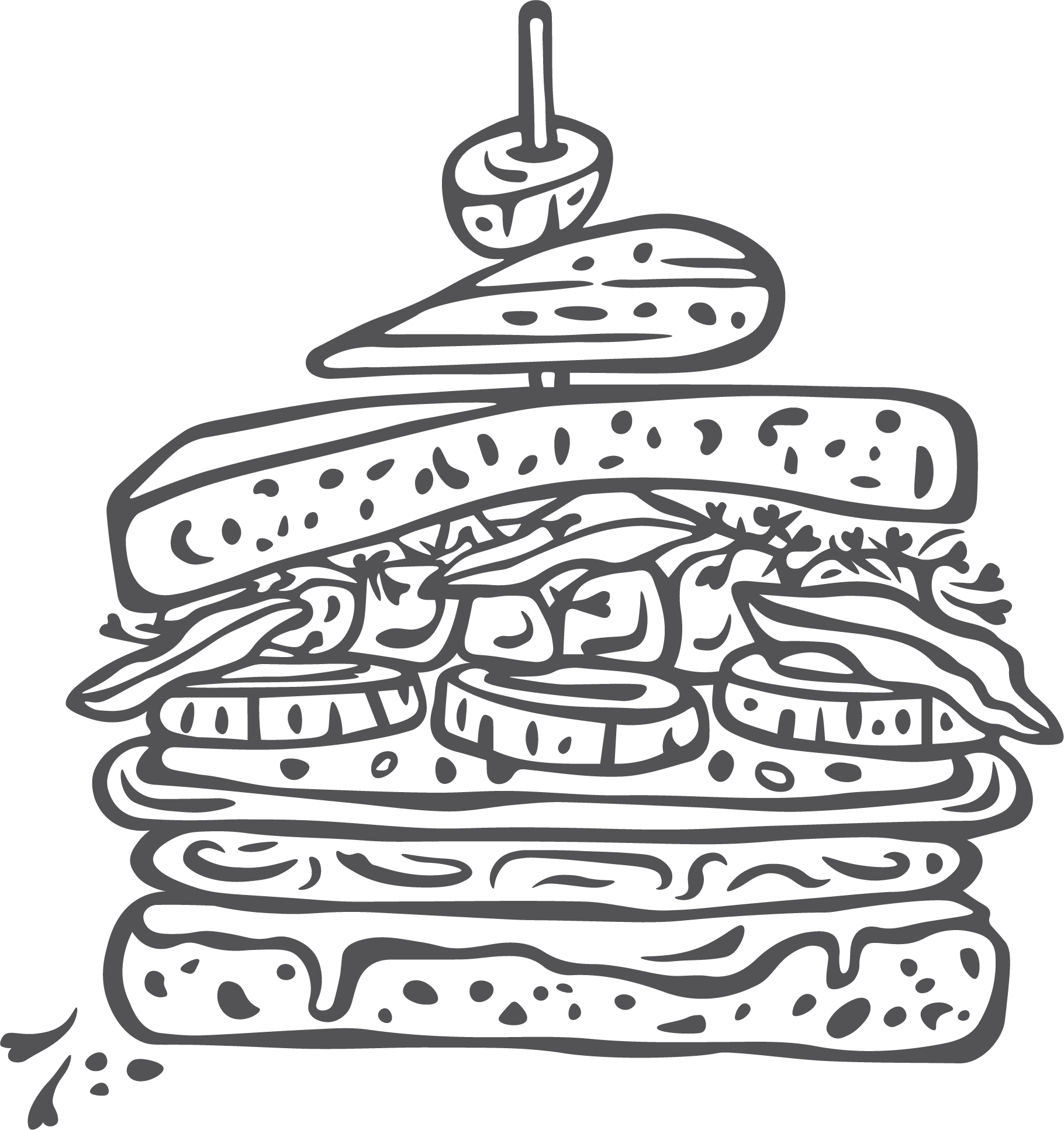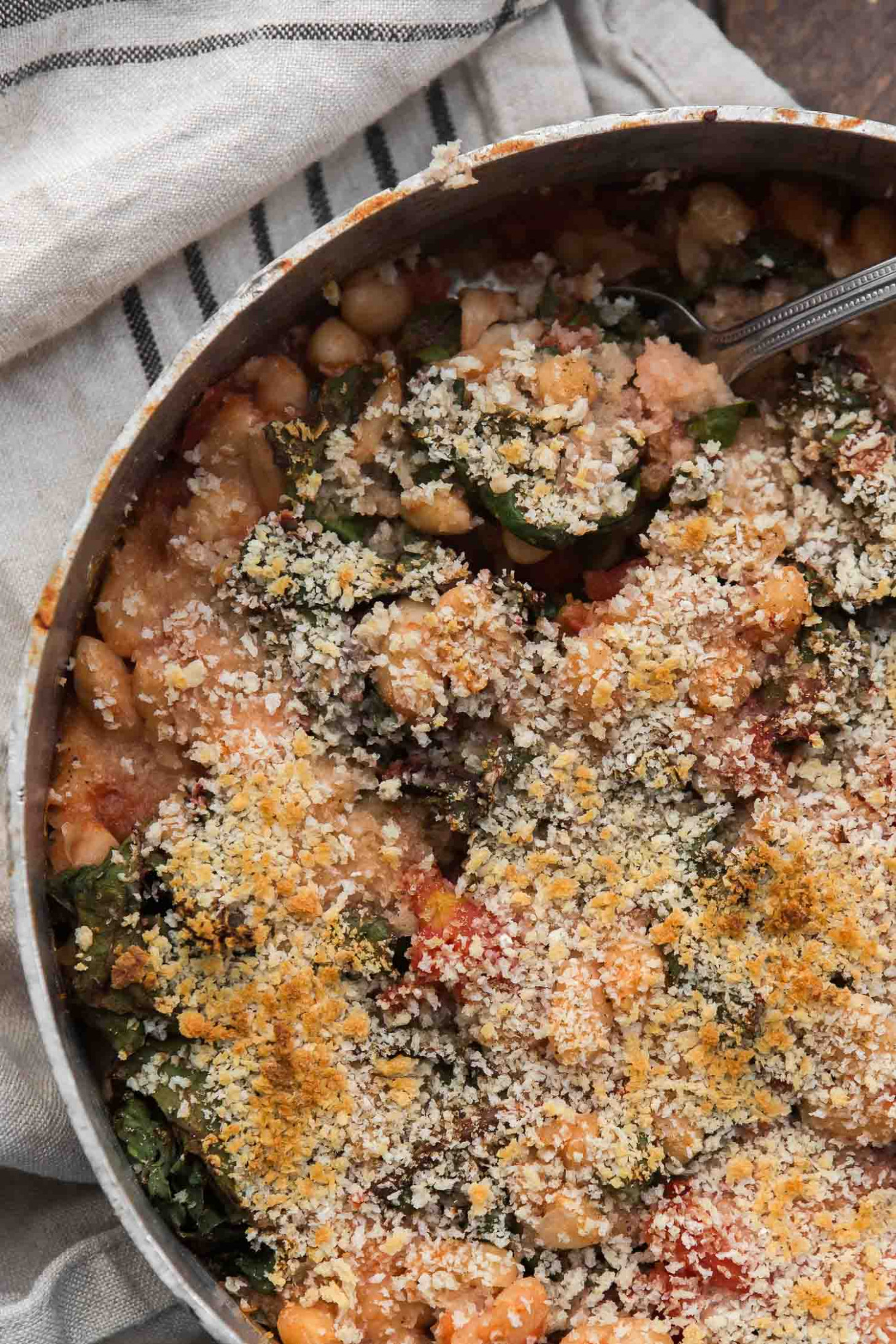

Chard is one of those leafy greens I really didn't notice until I started my CSA. But once I did, I realized how great it could be. Chard lasts longer than spinach when the weather gets warm and makes for a great green leafy vegetable even when summer hits. I use chard in place of spinach in warm dishes and I have even shredded chard to use in place of lettuce.
While most of my recipes say to remove the stem from the the leaf, the steam is also edible. Most of the times, I only use the greens when I swap it in place of something else. When I'm not, I leave a part of the stem on to use in recipes. Like with most greens, I also only wash chard right before use. I've found if I rinse/store, the chard tends to wilt much more quickly and not keep as long.
As with spinach, Swiss chard can be canned/frozen. Because Swiss chard is found during most of the growing season, I wait until late summer/early fall before I harvest chard to freeze. To freeze, blanch for two minutes, stick in an ice bath, pat out excess moisture, and then toss in a freezer safe bag. Chard makes an excellent addition to pots of stew and warm pasta dishes during the winter.

May-Sept (c)
Year Round (w)
Chard has a slightly bitter taste compared to other greens which makes it better suited for cooked chard recipes. Try using chard in soups/stews, in stir-fries, or blanched. I like to sauté it with a bit of olive oil and garlic. Save the stems and use in a stir fry or make pickles.
Look for crisp green leaves and stems that have a snap to them.
The leaves and stems can stay together but store the unwashed chard in an airtight bag in the refrigerator. Fresh chard will keep for a week or more.
Variety will be denoted by color:
Bright lights (rainbow)
Ruby/Rhubarb (red)
Fordhook (green)
Bright yellow (yellow)
Grow your own

